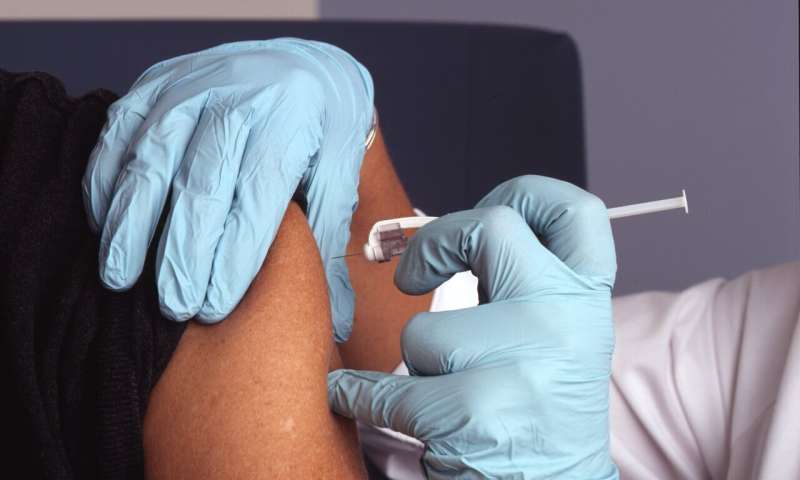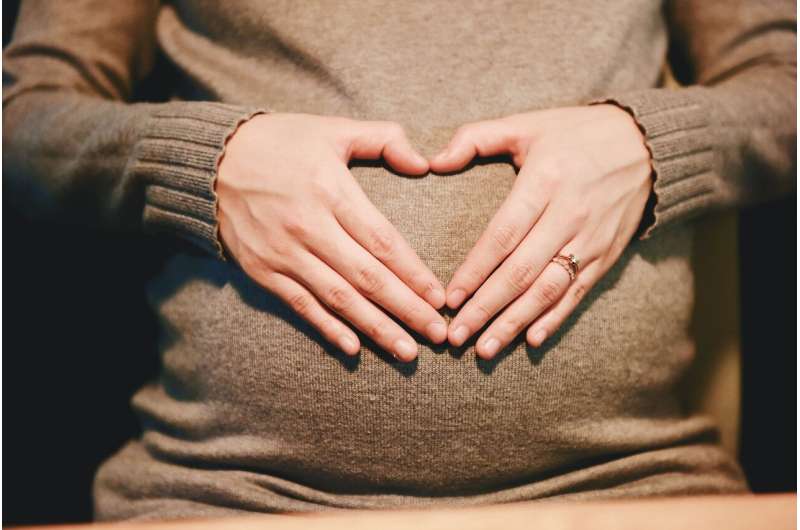Ohio Couple Celebrates Birth of Baby from 31-Year-Old Frozen Embryo

A groundbreaking fertility achievement as an Ohio couple welcomes a baby from a nearly 31-year-old frozen embryo, setting a new record in reproductive medicine. Learn about this historic case and its implications for fertility technology.
In a remarkable milestone in reproductive medicine, an Ohio couple welcomed a healthy baby boy who developed from an embryo that had been frozen for over 30 years. This case is believed to set a new record for the longest storage duration of a frozen embryo resulting in a successful live birth. The couple, Tim and Lindsey Pierce, participated in embryo adoption, a process where leftover embryos donated by other families are implanted into new mothers. The embryo used for this birth was donated by Linda Archerd, who originally stored four embryos after undergoing IVF treatment in 1994. Due to personal circumstances and the rising costs of storage, she decided to donate her remaining embryos through an open adoption program. The donation involved complex logistics, including retrieving documentation from Oregon, where the embryos were initially stored, and transferring them to the Pierce’s fertility clinic in Tennessee. Out of three donated embryos, two were transferred, with one successfully implanting. Dr. John David Gordon, who oversaw the procedure, stated that this embryo is the longest-frozen to produce a live birth, surpassing previous records of embryos frozen for approximately 30 years. The story highlights the evolving landscape of fertility technology, ethical considerations surrounding embryo storage, and the emotional journeys of donors and recipients. It also draws attention to the significant number of frozen embryos—around 1.5 million nationwide—awaiting future decisions by their owners. The case underscores the potential for extended embryo preservation and raises questions about the future of embryo management in fertility treatments.
Stay Updated with Mia's Feed
Get the latest health & wellness insights delivered straight to your inbox.
Related Articles
Living in Rural Areas During Early Childhood May Increase Risk of Developing Type 1 Diabetes
New research indicates that early childhood living in rural environments may significantly increase the risk of developing type 1 diabetes, highlighting the importance of environmental factors in disease development.
How Walking 7,000 Steps Daily May Lower Your Cancer Risk
A large UK study shows that walking at least 7,000 steps daily can significantly reduce the risk of developing various types of cancer. Regular movement, even at light intensity, plays a vital role in cancer prevention.
The Promising Role of Vaccines in Combating Dementia
Emerging research indicates that vaccines, particularly for shingles, may significantly reduce the risk of dementia. This groundbreaking study suggests a new therapeutic avenue for neurodegenerative diseases, emphasizing the broader potential of vaccines beyond infection prevention.
Development of the First Global Guidelines for Managing Pregnancy in Women with Inflammatory Bowel Disease
New global guidelines provide evidence-based recommendations for managing pregnancy in women with inflammatory bowel disease, ensuring better maternal and neonatal outcomes. Learn about the latest consensus on medication safety, preconception care, and postpartum monitoring.



